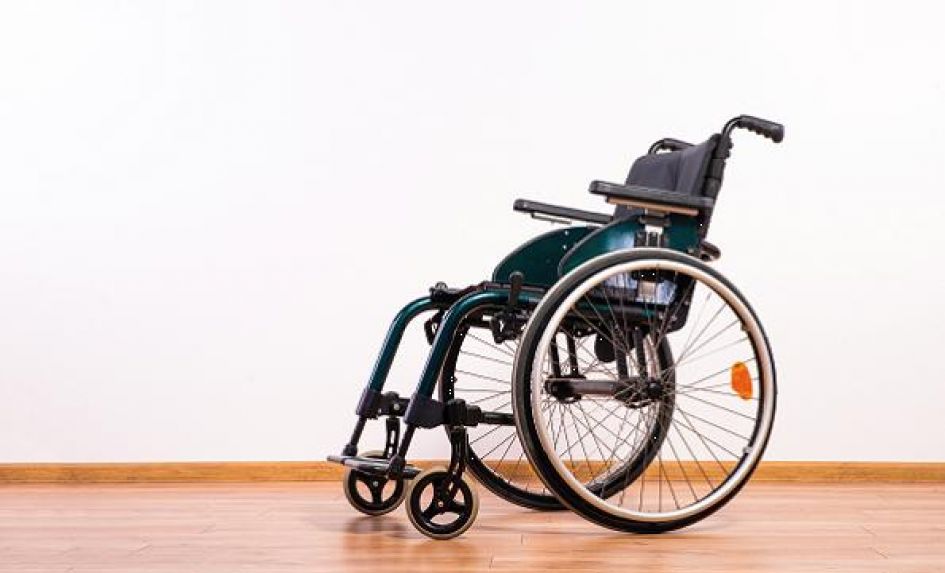We’re all aware of school access audits and accessibility plans, but what do they actually involve?
To be compliant with the Equality Act, schools need to have an accessibility plan and make ‘reasonable adjustments’ to their school building, availability of information and curriculum, so that all pupils, staff and visitors have equal access as their non-disabled peers.
Schools’ duty is specifically “To take such steps as it is reasonable to have to take to avoid the substantial disadvantage” to a disabled person caused by a provision, criterion or practice applied by, or on behalf of a school, or by the absence of an auxiliary aid.
So, how do we identify any access issues around our premises? An experienced access consultant who is sensitive to budgetary issues within school settings – and can thus suggest practical ways of ensuring compliance with equality legislation without recourse to costly building works – is a good option.
Many of the schools we have advised over the past decade have endeavoured to take on this work themselves. More often than not, they’ve ‘used their caretaker’ to undertake an access audit, and had their headteacher or SENCo write up the report and plan. Having found this to be a costly exercise in time and unnecessary building works, they’ve then called in the experts.
Many reasonable adjustments are inexpensive, and will often involve a change in practice, rather than building works. Instances of this might include changing lighting and paint schemes to help visually impaired children, carpeting and acoustic tiling in classrooms to help hearing impaired pupils and ramps to help physically impaired children.
Take the following example. A school admits a pupil who is deaf and decides, without consulting the pupil, to install an induction loop in all teaching rooms – but the pupil doesn’t use a hearing aid and is therefore unable to benefit from it. The pupil does lip read, however, so a reasonable adjustment would have been to tell all staff to ensure that they face the pupil when speaking to him – at at no cost to the school!
However, there may be instances where cost-free adjustments simply aren’t possible – an obvious case being the absence of an accessible toilet.
Schools can find themselves in tribunals due to not having an accessible toilet, or using one as a storage cupboard if they do. Equal access to school buildings extends beyond pupils; the school has a further duty of care towards its staff and visitors.
Sadly, there’s usually little or no financial assistance available for necessary works of this kind because of shrinking LA budgets.
An access audit of a school building needs to include areas such as the approach to the building, car park, route to reception, external steps/ ramps, main entrance, reception area/ desk, corridors, hallways/internal circulation, wayfinding and signage. Other areas to pay attention to include classrooms, internal stairs, steps and ramps, internal doors, WCs (both general and disabled provision), dining hall, staff room, means of escape, lifts/ stair lifts and outdoor spaces.
Your aim when carrying out an access audit of your school building should always be to identify obstacles to access, look at the options for removing these and to make clear recommendations for improving access.
Lesley Mifsud is head access auditor and CEO at EA Audits; visit ea-audits.com or follow @eaaudits.










